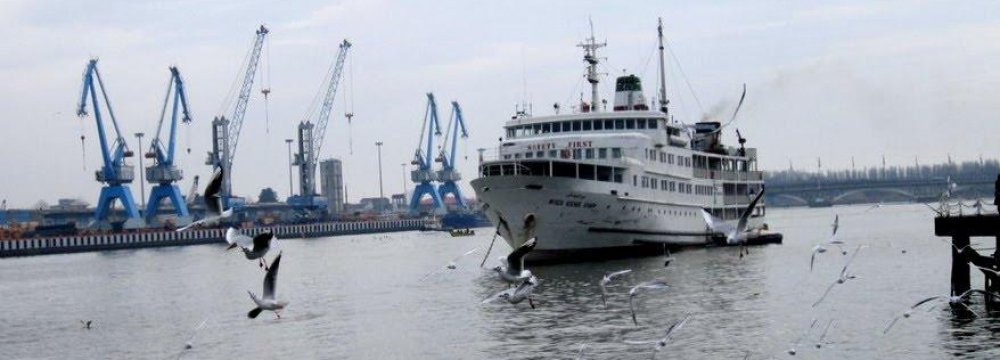The largest inland body of water, the Caspian Sea is shared between five countries: Kazakhstan; Azerbaijan; Turkmenistan; Russia; and Iran, whose share is 650 sq kilometers. The ancient inhabitants of its coast believed the Caspian Sea was an ocean, presumably due to its saltwater and vastness.
Apart from its rich resources of oil and gas and significant diversity of aquatic animals, it provides Iran with a perfect opportunity to increase its revenue through expanding maritime tourism industry in its coasts; a prospect that has not been fully explored so far.
Iran’s share of the Caspian Sea is divided between the provinces of Gilan, Mazandaran, and Goelstan. Past governments started various projects to capitalize on the Caspian Sea coastline, but the majority of the projects were never completed. If managed by the private sector, the unfinished projects may finally deliver on their potential by providing investment opportunities and by extension, create jobs and help boost the tourism industry and the economy. However, the unfinished projects may be able to deliver on their potential if given to the private sector. Private investment will lead to the creation of jobs and boost the tourism industry and the economy.
It should be noted that without regard to beach safety regulations and failing to optimize beaches to meet the needs of families, any attempts to revive the projects would be a complete waste of time and resources.
Developing the coastline must not be done haphazardly and requires careful planning; that means spending a substantial amount of money to equip the beaches with sanitary facilities, boats, rescue teams, and life guards, to name a few.
Problems and Solutions
One major problem exacerbating the lack of interest from the private sector is the absence of promotion. According to the director general of the Cultural Heritage, Handicrafts, and Tourism Organization (ICHHTO) in Mazandaran Province Delavar Bozorgnia, only 10 out of the 192 travel agencies across the province offer sea tours.
Nevertheless, he thinks that the state view towards tourism has changed and a rather pragmatic approach has been taken. As an incentive to expand and promote maritime tourism in Mazandaran Province, a contract to purchase three cruise ships was signed in a recent visit of Iranian officials to Astarakhan Province, Russia. Bozorgnia believes the purchase is a firm step forward towards developing Mazandaran’s maritime tourism.
The cruise ships, which have 140 suites, are said to have been designed to cater to families. First of the three ships is scheduled to be delivered in mid-June 2015.
Another issue is the lack of wharfs and waterfronts large enough to house cruise ships and passenger vessels, which is a barrier against the expansion of maritime tourism in northern Iran. To address the problem, special wharfs will be constructed in the port cities of Noshahr and Nour, funded by the private sector, to allow cruise ships to anchor.
A Silver Lining
Despite the limitations, sea tours in the Caspian Sea have already started to take off. The Mirza Kuchak Khan Ship, named after the 20th century Iranian hero, resumed service during the Nowruz Holidays after seven years.
According to the ship’s owner Dariush Tavakoli, the tours will continue throughout the year. The ship offers visitors two-hour trips to the coasts of Anzali, as well as one- and two-day tours to Anzali, Astara, or Noshahr.
Having functioned as a passenger vessel transporting people between Iran and Azerbaijan, ‘Mirza Kuchak Khan’ has now become a luxury cruise ship thanks to the addition of suites for long stays, and halls for leisure activities.
Iran’s northern coast is replete with potential; the opportunity needs to be seized in order to effectively use our geographical position to boost tourism and economy alike. In addition to purchasing top-of-the-line cruise ships from Russia, Iran’s Ports and Maritime Organization has reduced port costs and charges for passenger vessels by up to 98%, to allow tour organizers to set low fares for their cruises and attract tourists. These are regarded as baby steps towards building a successful tourism industry.






